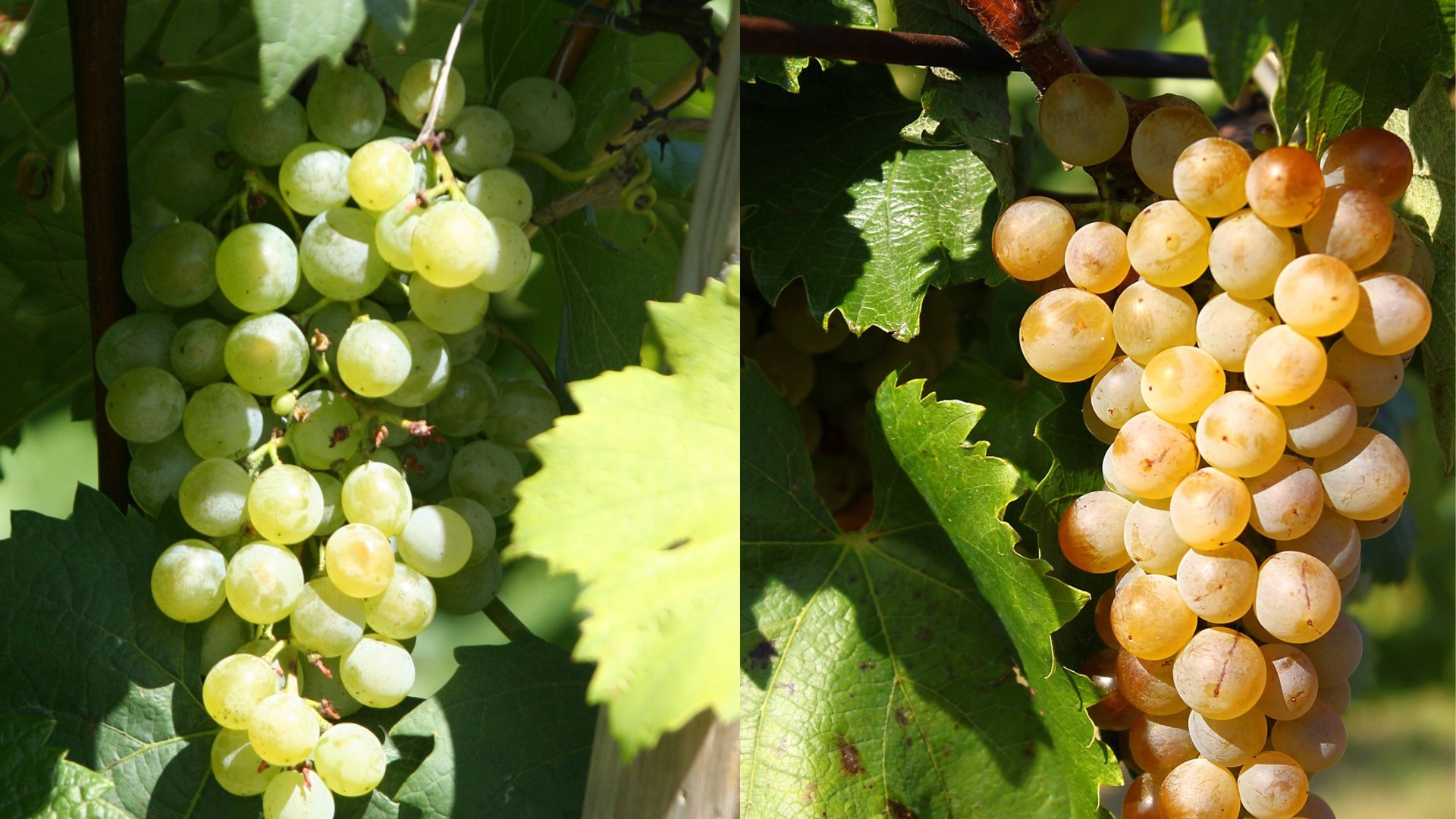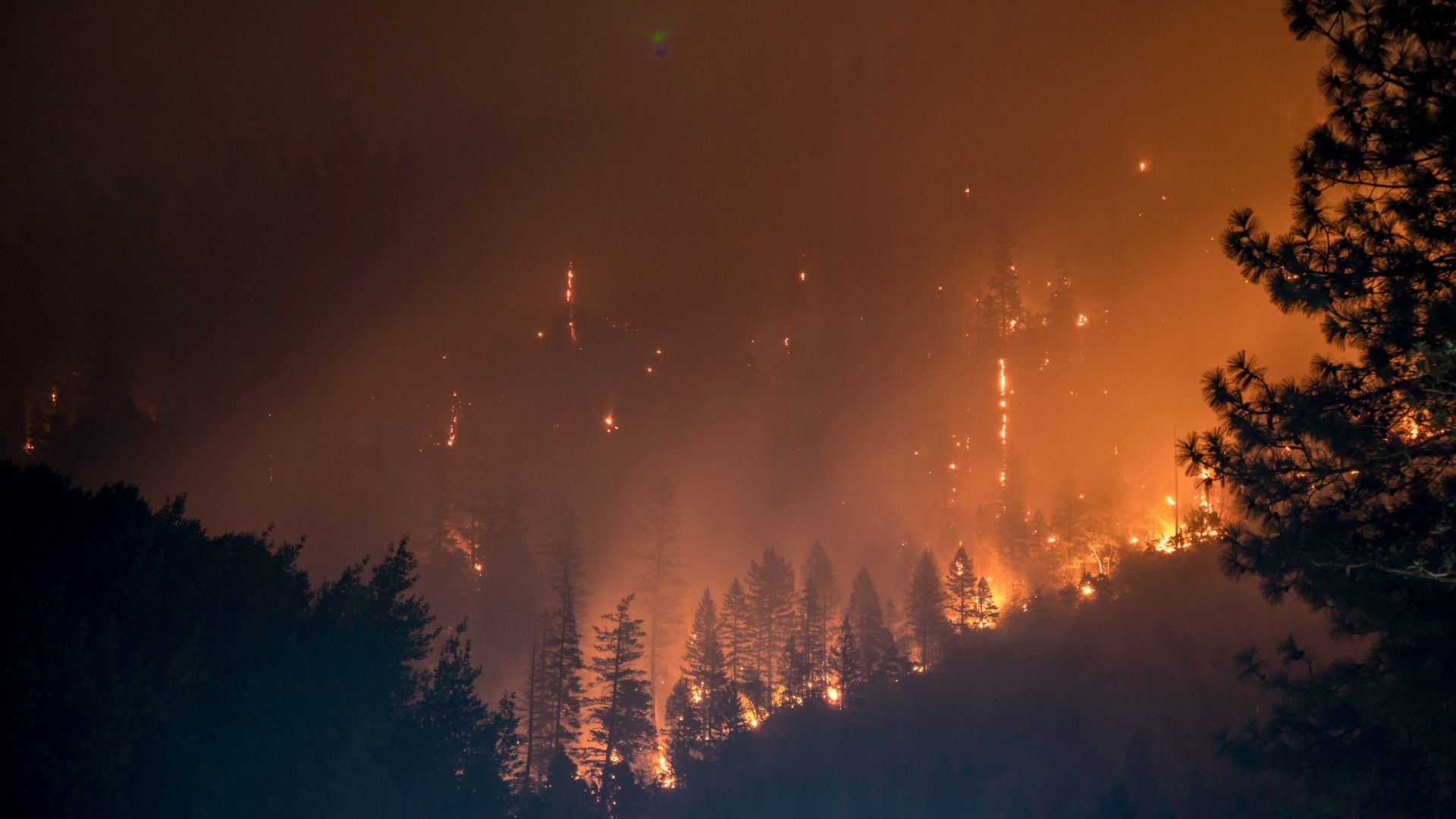A post by
Elva Ellen Kowald
partner
Cerevisia Communications

Climate change and beverage raw materials
The grape is one of the most terroir-sensitive agricultural beverage raw materials. However, climate change is altering the growing conditions of the vine to such an extent that winegrowers are finding it increasingly difficult to continue producing wines with the character and quality on which their businesses have grown. New cultivation methods and technologies are helping them to adapt to the new conditions.
Released on 07/06/2023Updated on 15/07/2024

A post by
Elva Ellen Kowald
partner
Cerevisia Communications
In early 2023, Chris Loth, the editor of the trade magazine The World of Fine Wines, warned: "Vines are among the most weather-sensitive of all agricultural crops. Their ability to reflect vintage variations is, of course, a large part of the wine's appeal. But the same expressiveness that distinguishes a cool vintage Bordeaux from a warm one also makes wine particularly vulnerable to climate change." Indeed, winemakers around the world - from France to Australia and the United States - are experiencing the effects of new climatic conditions: increased temperatures, spring frosts, forest fires, brutal droughts and historic rainfall. These are damaging the delicate grapes and weakening their resistance to pests and diseases.
However, the entire wine industry is now facing up to the challenge – above all with new cultivation methods that not only preserve the vines, but sometimes even improve them. However, the solution lies not in individual initiatives, but in a variety of measures that, taken together, promise to save the day. This article examines some of these efforts. (See source list for more details).
The traditional wine-growing regions lie between latitudes 4 and 51 degrees north and 6 and 45 degrees south. However, climate change is constantly pushing the optimal conditions for viticulture further north and south. As a result, grapes now thrive in areas such as Belgium, Japan, the Netherlands, Poland and Sweden, where winegrowing was considered impossible just a few years ago. In other regions – from Spain and Italy to Argentina and California – some winegrowers are now moving their vineyards to higher altitudes simply to provide cooler temperatures for their vines.
Winegrowers are now also experimenting with new grape varieties that grow in places where traditional varieties can no longer grow. In Austria, for example, the indigenous Grüner Veltliner (left in the cover picture) is now having great difficulties. Winegrowers are therefore considering replacing it with the late-maturing Tokaj variety Furmint (right in the cover picture), which originates from Hungary. In Spain, some winegrowers are experimenting with the cultivation of grape varieties that the Phylloxera phylloxera once almost completely eliminated. Even in Burgundy, new, late-ripening grape varieties are now being planted, provided they receive the approval of the Institut national de l'origine et de la qualité, i.e. the food regulatory authority for product designations such as the appellation d'origine contrôlée. And in Germany, the Zukunftsweine movement has set itself the goal of establishing new, more climate-resistant grape varieties on the market.
When considering terroir for the importance of wine character, the role of intercrops is often overlooked. Such crops have usually been considered generic since the advent of industrial agriculture around the middle of the 20th century. Winemakers are now increasingly moving away from this view and using a diverse mix of terroir-specific intercrops.
The well-known wine writer Kathleen Wilcox presented a good example of this in Wine Enthusiast: Château La Clotte-Cazalis in Bordeaux, where winemaker Marie-Pierre Lacoste found that the warmer climate changed the flavors of her Sauterne wines and also affected the traditional balance between good molds like Botrytis cinerea and other, harmful molds. So she now plants legumes and cereals as intercrops, which cool the soil, reduce humidity and fight the molds better. She also gives free rein to native grass and other wild plants. Finally, she has planted shady fruit and nut trees between the vines. This has enabled her to restore the original aromas of her wines.
In the same article, German winemaker Thomas Niedermayr of the certified organic Hop Gandberg winery in Eppan a. d. Weinstraße also noted that legumes and grasses "attract beneficial insects and provide nectar and food for bees in particular". He says: "While the catch crops can grow up to five meters high and compete with the vine, they also absorb minerals, which are then available for the vine."
Some pests that love warm and humid environments can multiply exponentially under the new climate conditions. One of these is downy mildew (Plasmopara viticola), an extremely serious, grape-specific fungal disease that attacks the green parts of the plant. On the other hand, some beneficial fungi thrive under the same conditions and are welcome in many vineyards. In addition to Botrytis cinerea, there is the fungus-like mycorrhiza, which has developed a symbiotic relationship with its host plants. It attaches itself to their roots and feeds on their carbohydrates. This in turn allows the roots to absorb more water, phosphorus and other chemicals that are essential for vine health. Under the right conditions, this fungus can even increase the size of the plant's root system sevenfold.
As Lauren-Johnson Wünscher reports in SevenFiftyDaily, winegrower Michael Völker from 2naturkinder, an organic winery in Kitzingen, Bavaria, also discovered the benefits of mycorrhiza by chance when he did not cultivate his soil for seven years. This left the deeper soil layers untouched and mycorrhiza flourished. Today, winegrowers can use organic fertilizers enriched with mycorrhiza to promote the growth of this fungus.
With a wide range of measures to combat climate change, it is important for winegrowers to know exactly which methods are effective and which are less effective. Until recently, such an assessment required laborious manual assessment of individual vines. However, the data produced contained little systematic information. Instead, there are now technologies such as global navigation systems, cloud analytics and artificial intelligence (AI) that allow winegrowers to track virus infections, regulate irrigation and monitor the vitality of their vines, for example.
One of these solutions is Vinelytics, a cloud-based software platform for vineyards that generates real-time weather data using live sensors to report temperature, wind speed, humidity, solar radiation and rainfall in the vineyards. The collected data can then be categorized at plot, block, row and vine level and automatically summarized on an intuitive dashboard with recommendations for spraying and irrigation strategies.
Another technology is Sentinel Vine Manager, a smartphone app from the Apple App Store that uses Global Navigation Satellite Systems (GNSS) and cloud analytics to track the health of individual vines. Users can map new vines, annotate metadata such as virus infections and irrigation systems, and take pictures.
In our rapidly changing world with its ever-changing challenges, the traditional art and expertise of the winemaker is now being joined by advanced technologies that, together with natural farming practices and adaptability to the new environment, give the wine industry the chance to win the battle against climate change.

Malting barley
A post by Elva Ellen Kowald

Fruit growing
A post by Elva Ellen Kowald

Raw material supply
A post by Horst Dornbusch